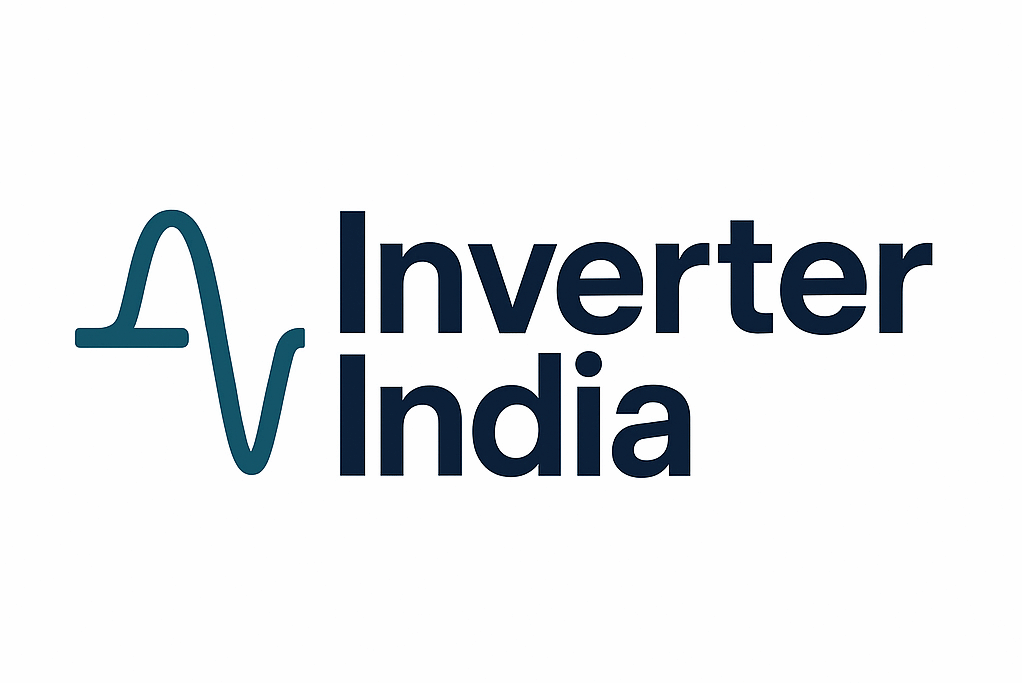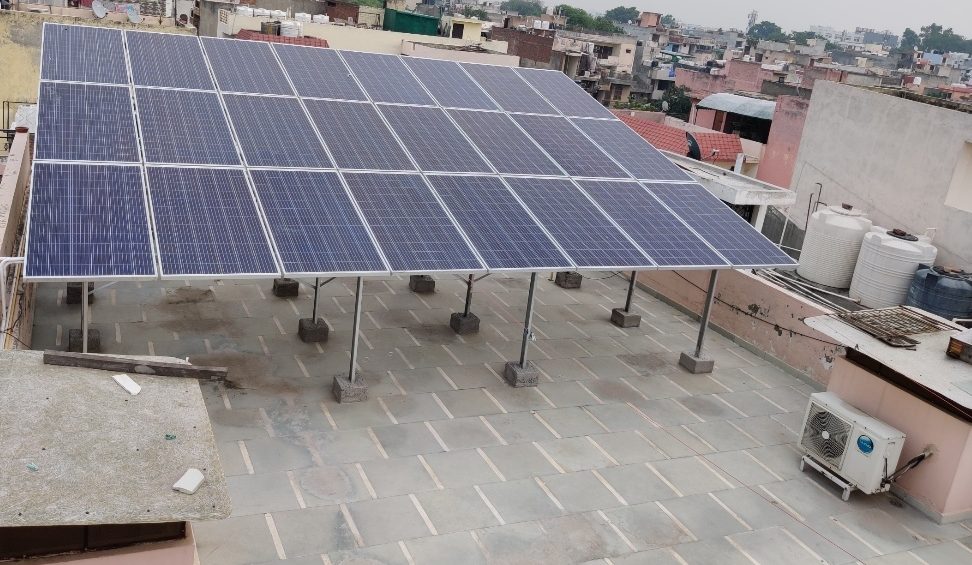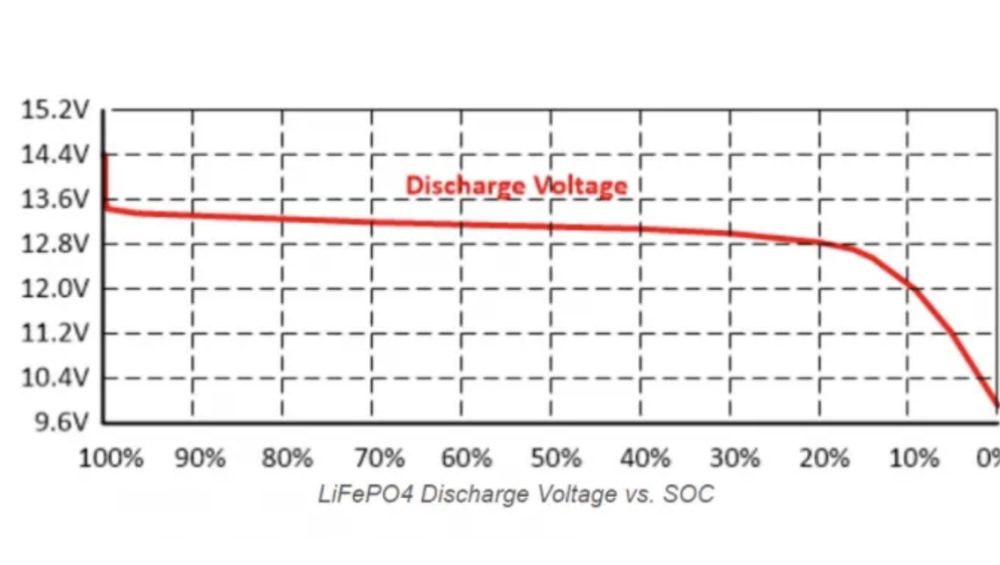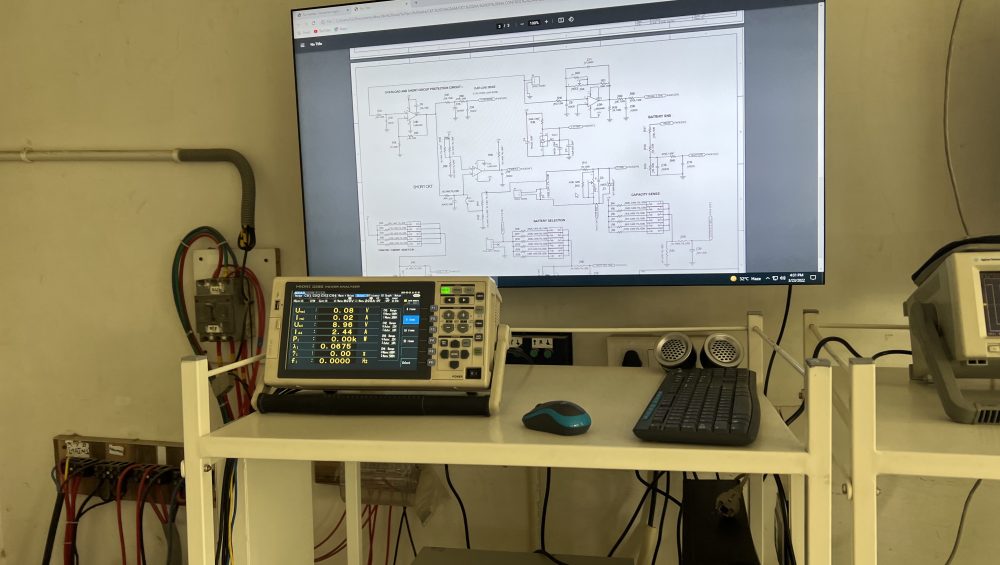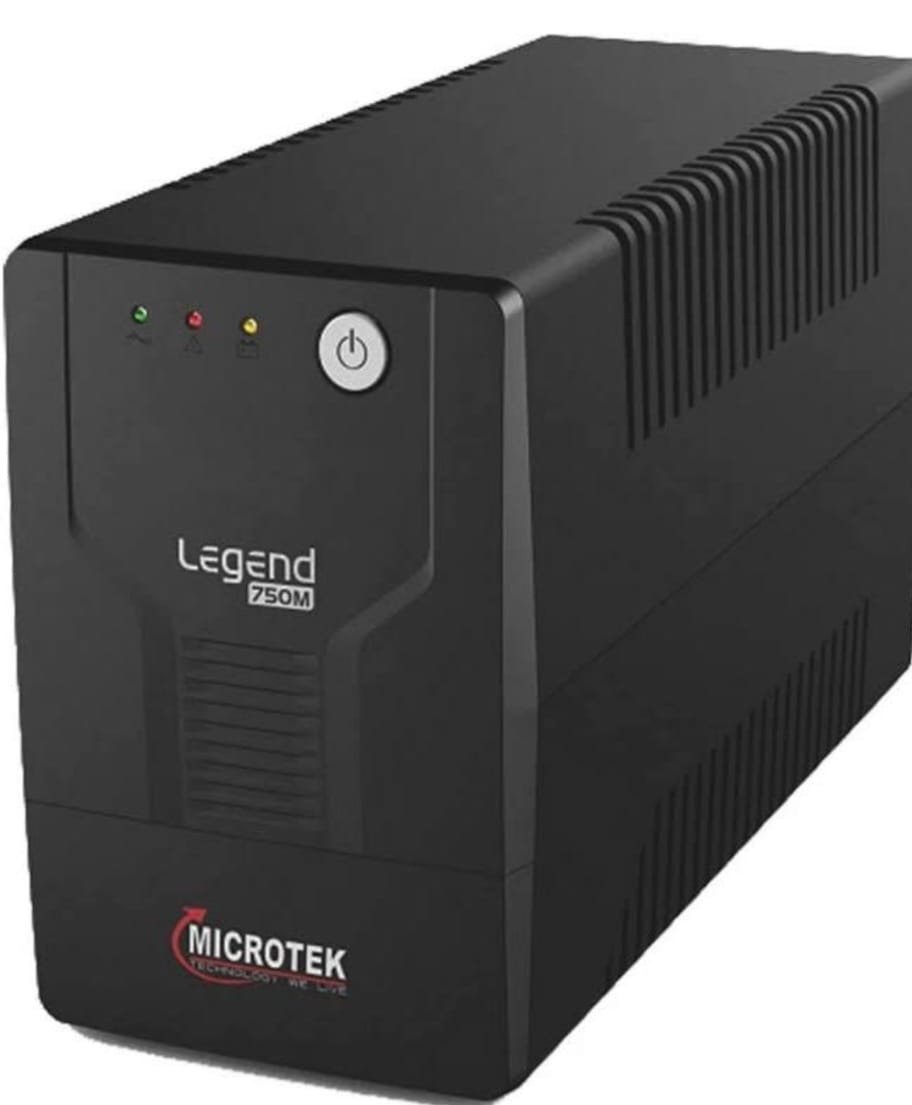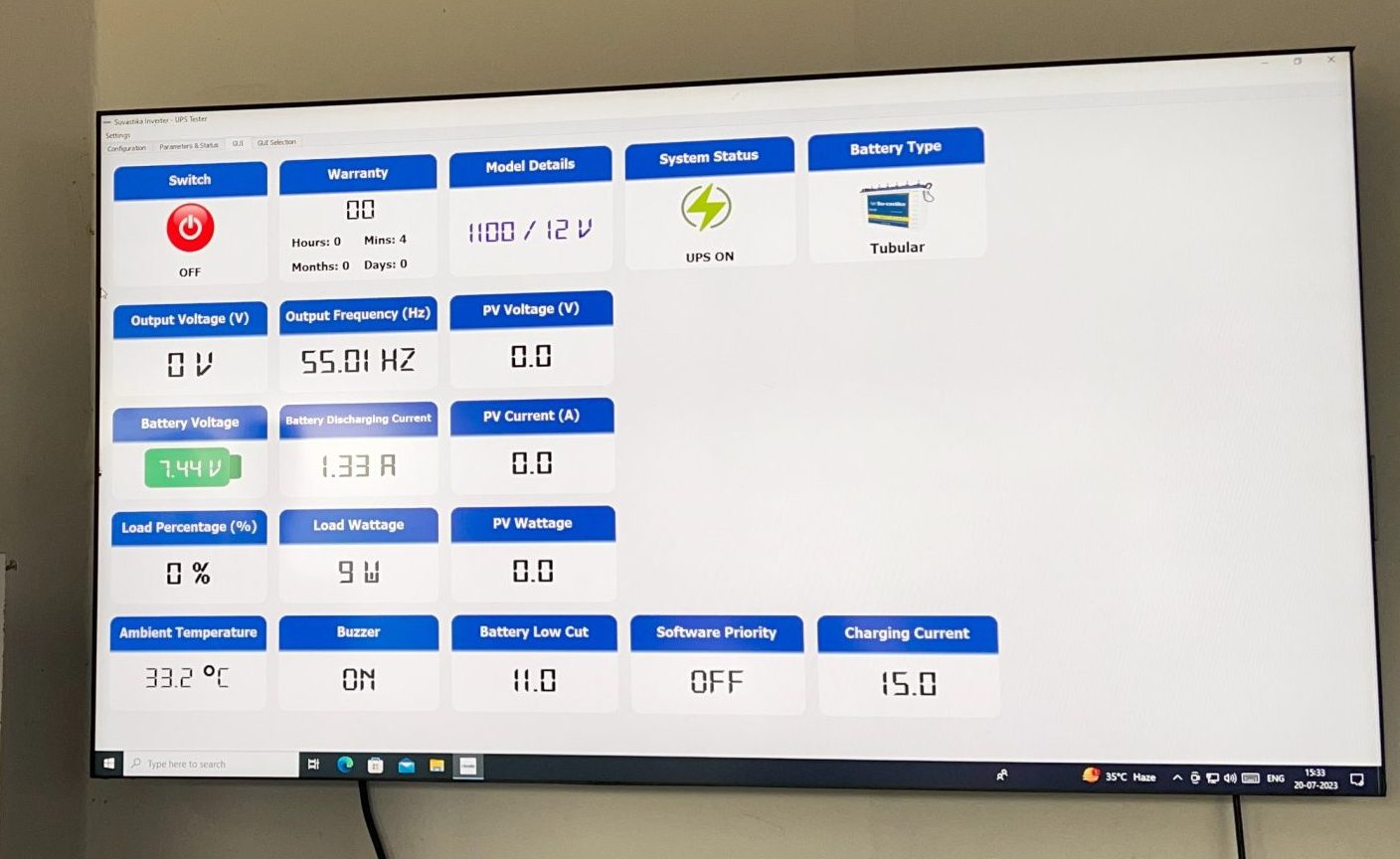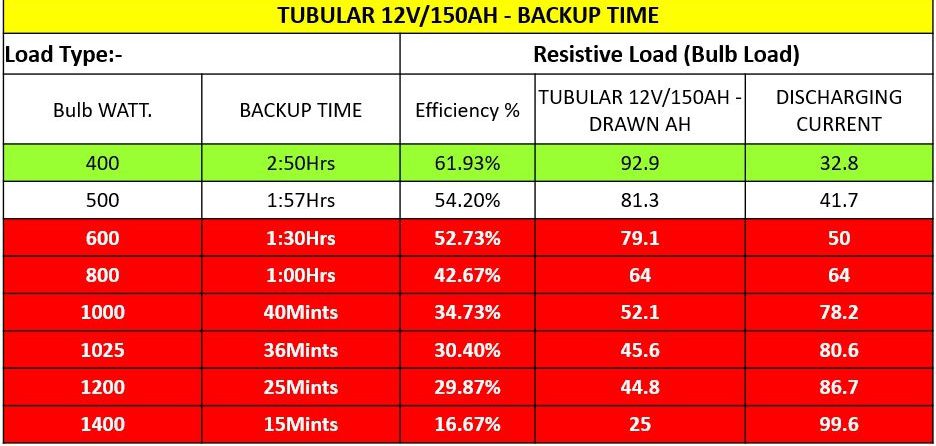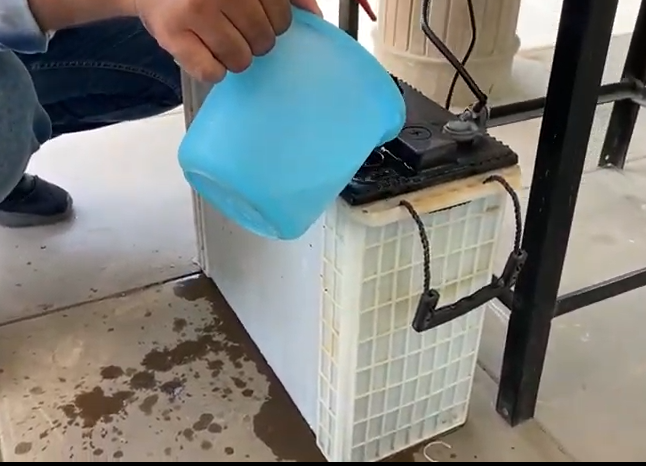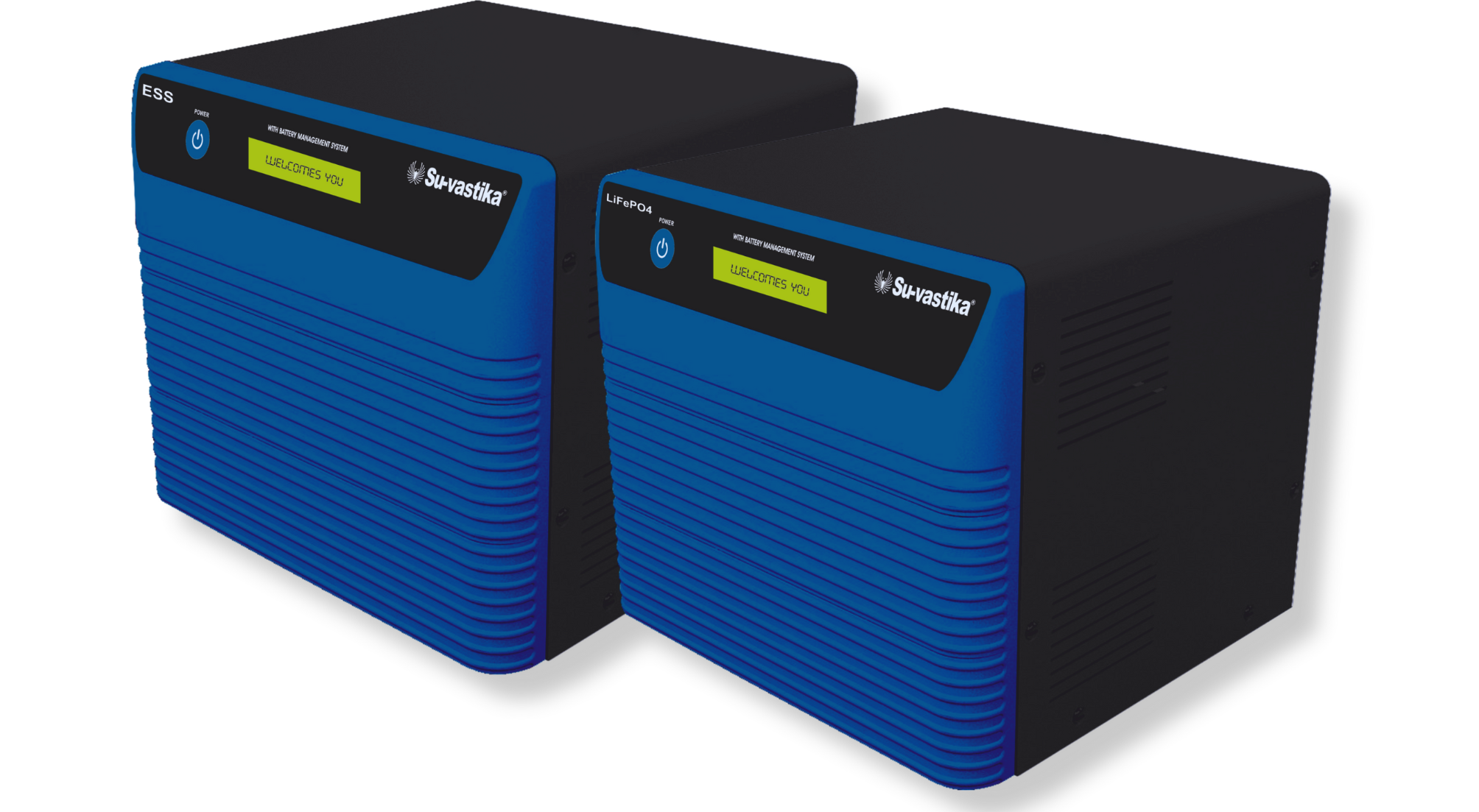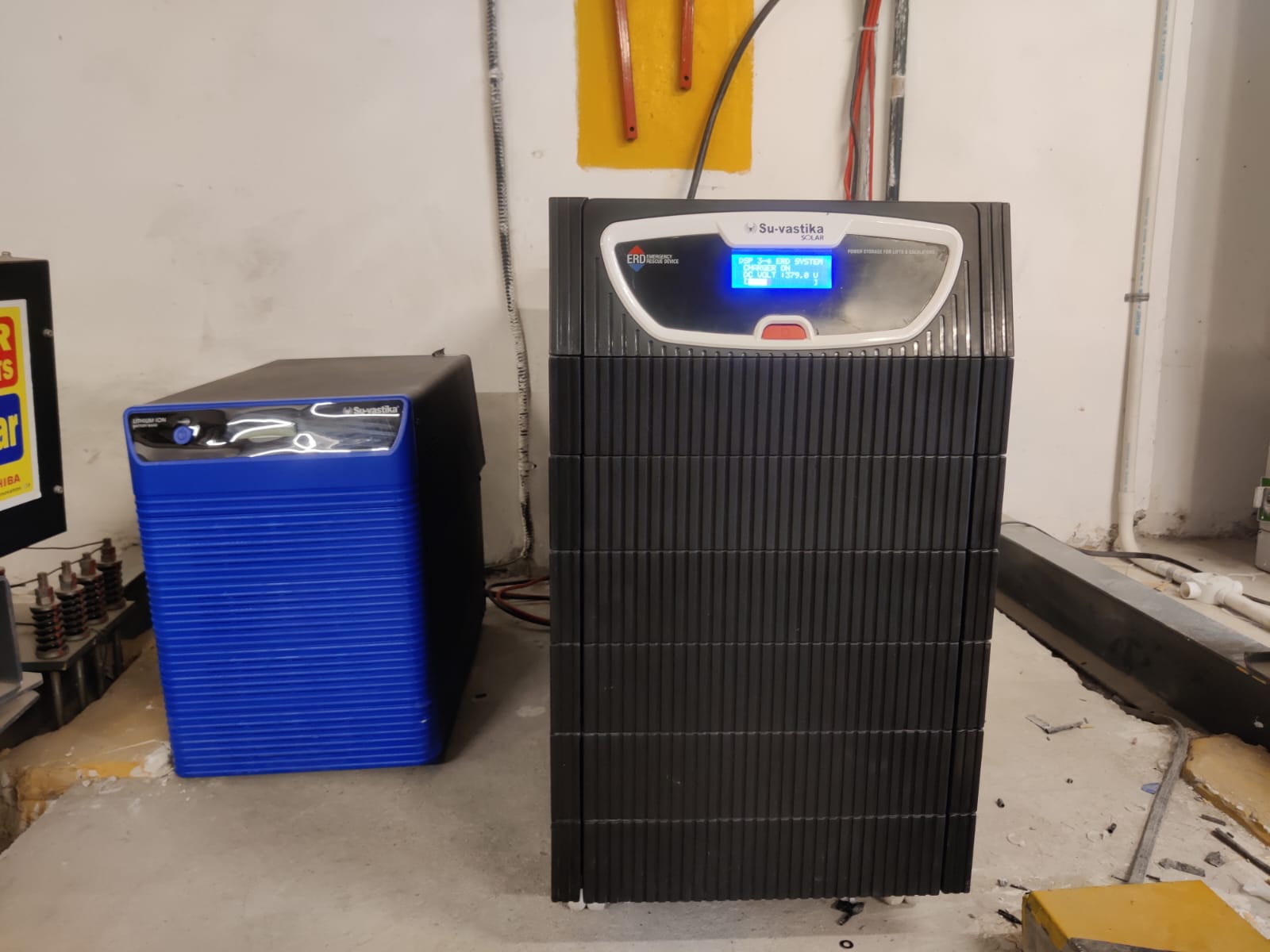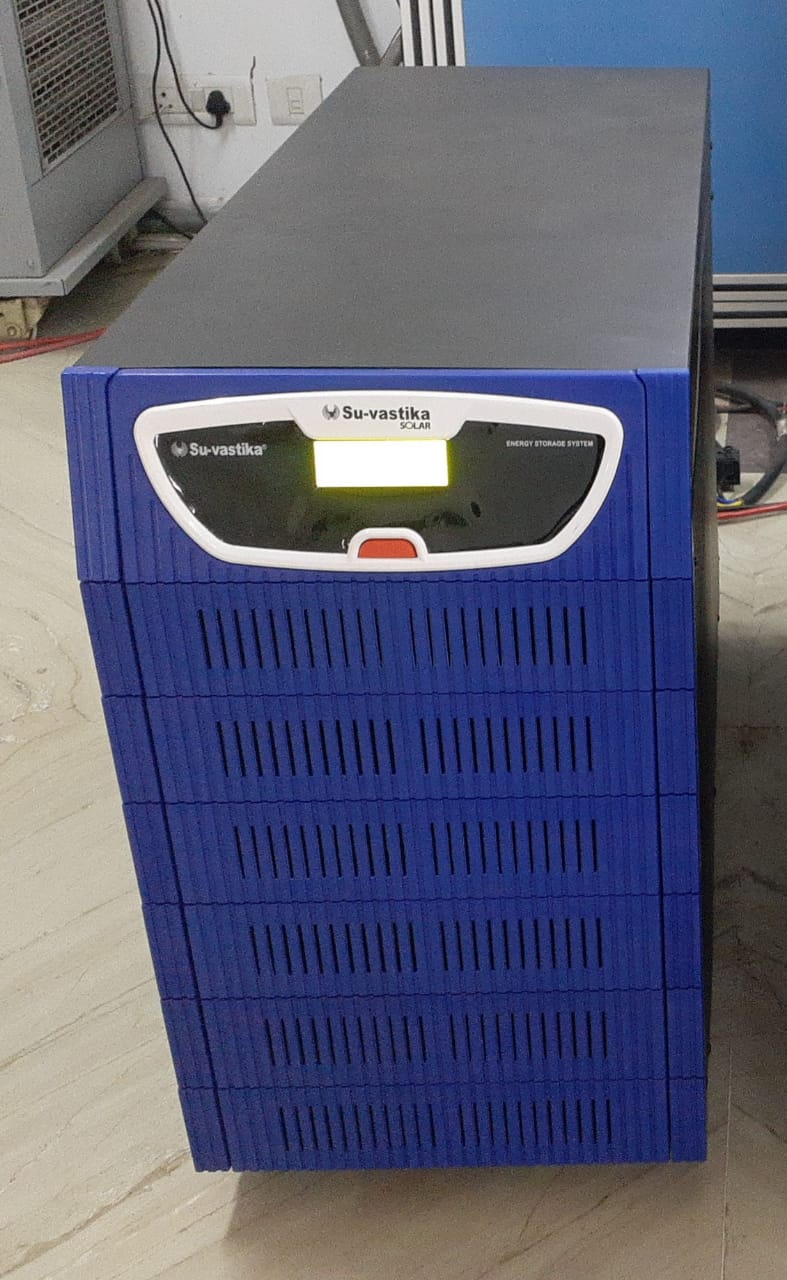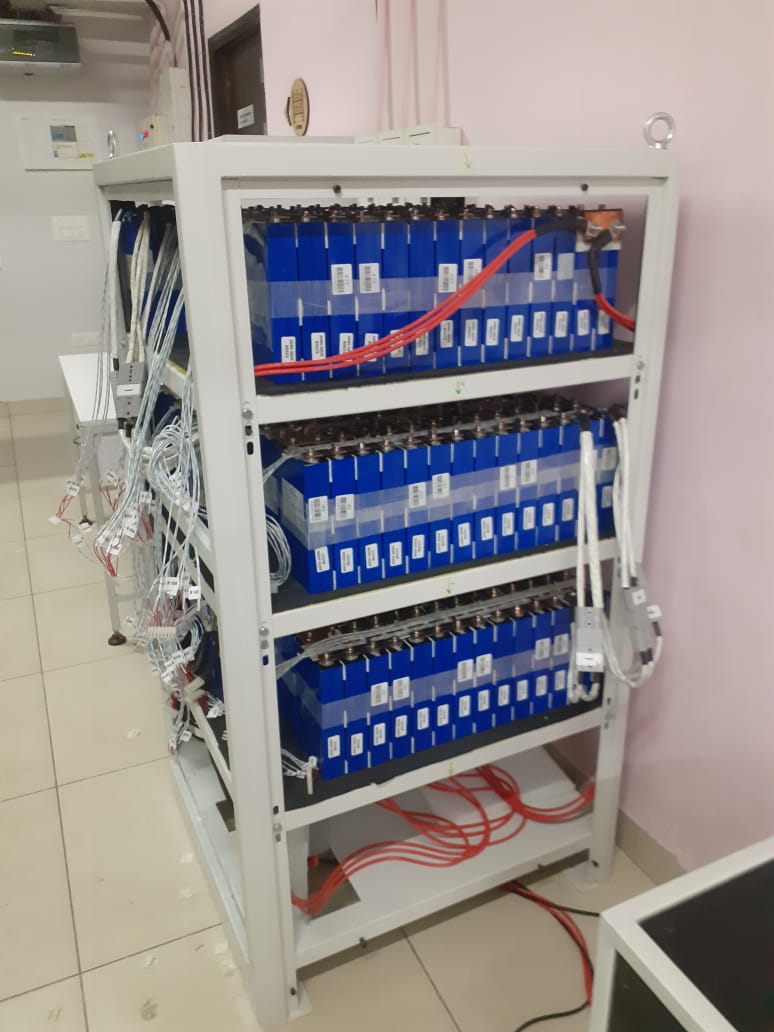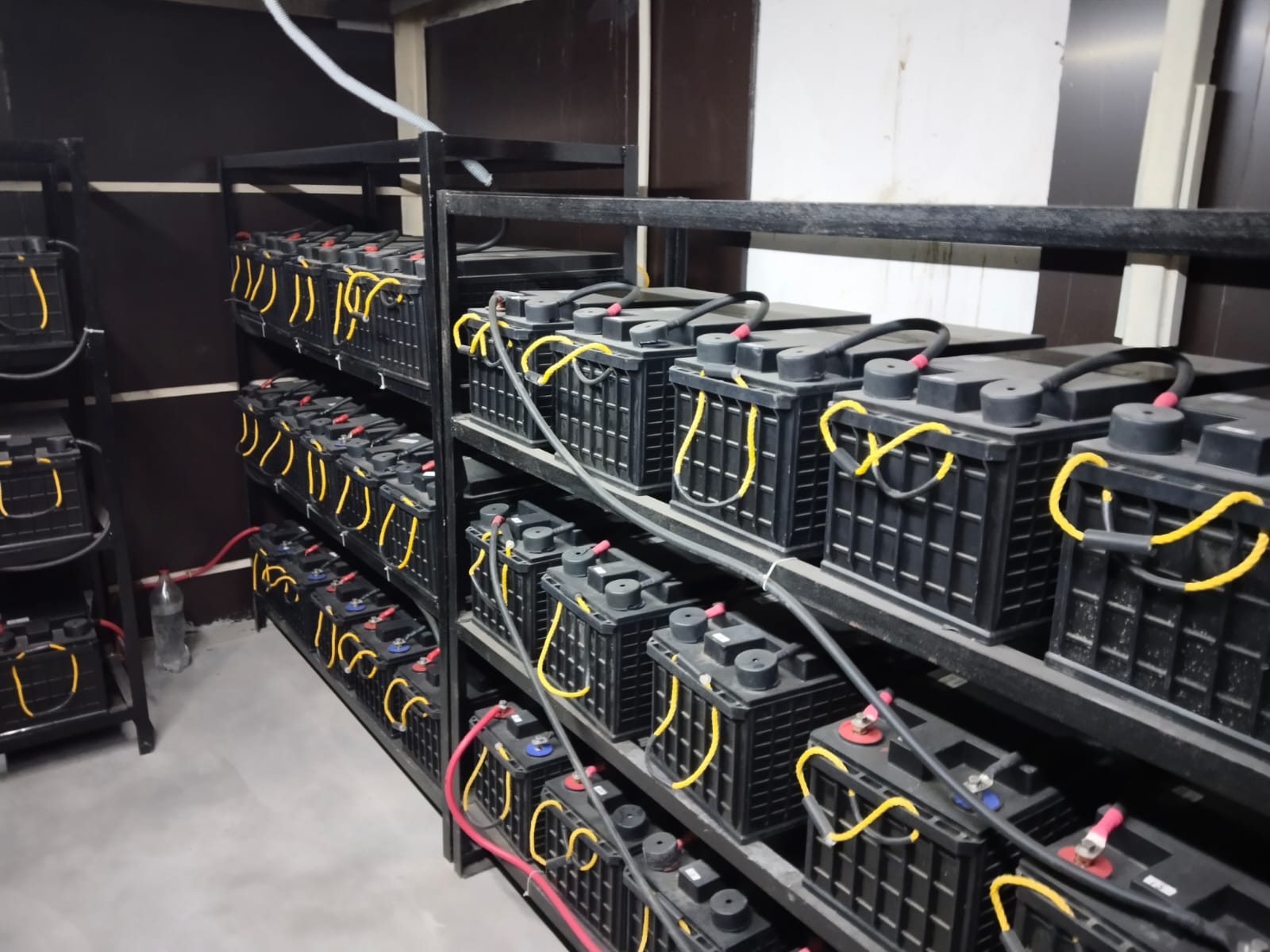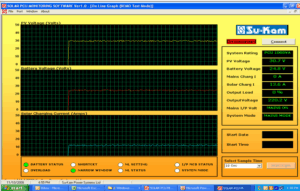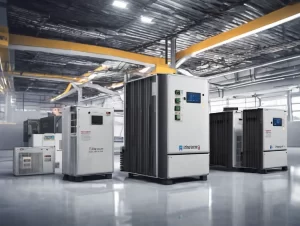
What is Solar PV System? A solar PV system is a system of solar panels, inverters, batteries, and other equipment that converts sunlight into electricity for use in a home, office, factory or any other building. Solar systems can generate electricity for all or part of the home, office, factory or building etc., energy needs, depending on the system’s size and the energy needs.https://en.wikipedia.org/wiki/Photovoltaic_system
Solar panels are the most important component of a solar system. They comprise photovoltaic cells that convert sunlight into direct current (DC) electricity. AN INVERTER CONVERTS the DC electricity from the solar panels into alternating current (AC) electricity. The AC electricity can then be used to power homes, offices, factories etc., to run appliances, machinery and other loads.
How many types of Solar PV type of Systems are there in the world
- Grid Tie or Grid Feed Solar System
- Off-Grid Solar System
- Hybrid Off-Grid Solar System
- DC Solar System
- Hybrid On-Grid and Off-grid Solar System
– Grid-tied Solar Systems generate electricity for your home or business and route the excess power into the electric utility grid for compensation from the utility company having the solar panels and Grid-tied Inverter.

- Off-Grid Solar PV System Places where the utility power is unavailable, the Solar System needs an independent system comprising Solar panels, inverters and batteries to store the solar power and use it during the day and at night through the storage system.

- Hybrid Off-Grid Solar PV System: In this system, there is utility power available and the solar power is stored in the battery through the Grid power as well through the solar power and the grid power is bypassed when the power is available, and the solar power is utilized to run the power when the battery is completely charged or when the grid power fails then the stored power in the battery is utilized. This Solar system is called Hybrid Solar PCU as well. Hybrid Solar Power Conditioner.https://suvastika.com/solar-pcu-the-future-of-home-power-with-bluetooth-and-wi-fi-mobile-application/
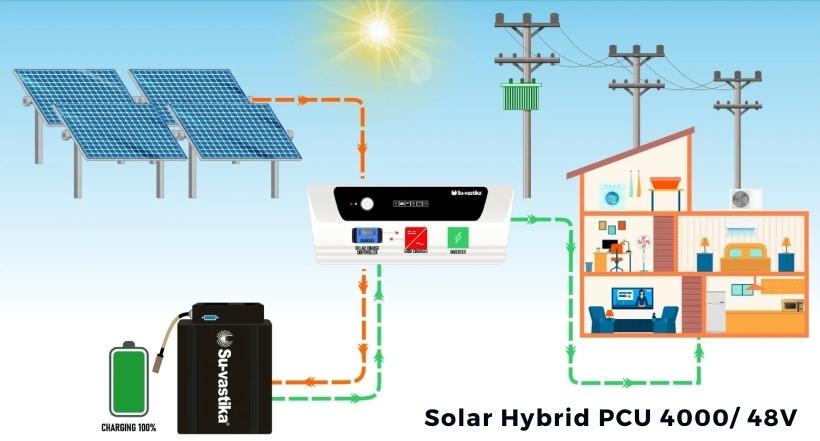
- Hybrid Solar On-Grid and Off-Grid PV Solar System: This system has a battery of solar panels and Hybrid Solar inverters with off-grid and Grid Tied features. The Grid power is available, and the user can utilize the solar power saved in the battery in case of power failure or at night when solar power is not available to power the home office.
Hybrid On-Grid and OFF-Grid Solar PV System: This is the system which combines the On-grid and off-grid features where Solar PV power generated can be fed into the Grid and can be stored in the battery as well to provide power when solar PV power is not available or when there is a power cut in the Grid than the stored power in the battery can be used.
Solar PV-based Solar DC System: In a Solar DC system there is DC power coming from the solar panels can be used as Dc power through the charge controller directly stored in the DC battery, which is the most efficient of Solar power usage as there is no conversion of DC to Ac power and Dc coming from the Solar PV system is directly stored into the battery and then can be used to run DC powered equipment like DC fans, LEDs, DC fridge, DC air conditioners etc.https://en.wikipedia.org/wiki/DC Solar
Solar PV DC systems will provide direct charging to Electric vehicles as this will be the cheapest power available in the world.
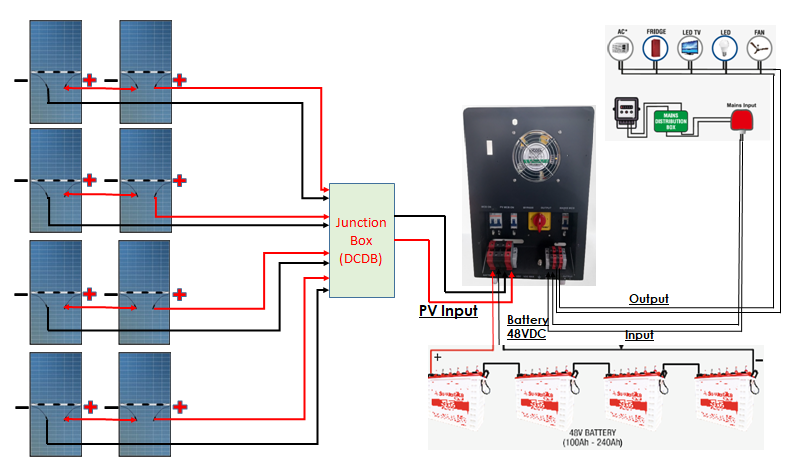
Solar System with battery and Solar Panels
Solar systems offer several advantages, including:
- Reduced electricity bills: Solar systems can help to reduce electricity bills by generating electricity on-site. This can save owners money on their monthly utility bills.
- Where no power is available, it can generate power independently at the cheapest cost.
- Environmental benefits: Solar PV systems produce no emissions, so they can help to reduce a carbon footprint.
- DC Solar PV Systems are the future technology which is gaining attraction in areas where the power cannot reach even today.
- EV technology will have to charge the vehicles through the Solar PV system only in the future; otherwise, another fossil fuel crisis will occur.
- Government incentives: Many government incentives, such as tax credits and rebates, are available for people in different locations and geographies of the world who install solar PV systems.
